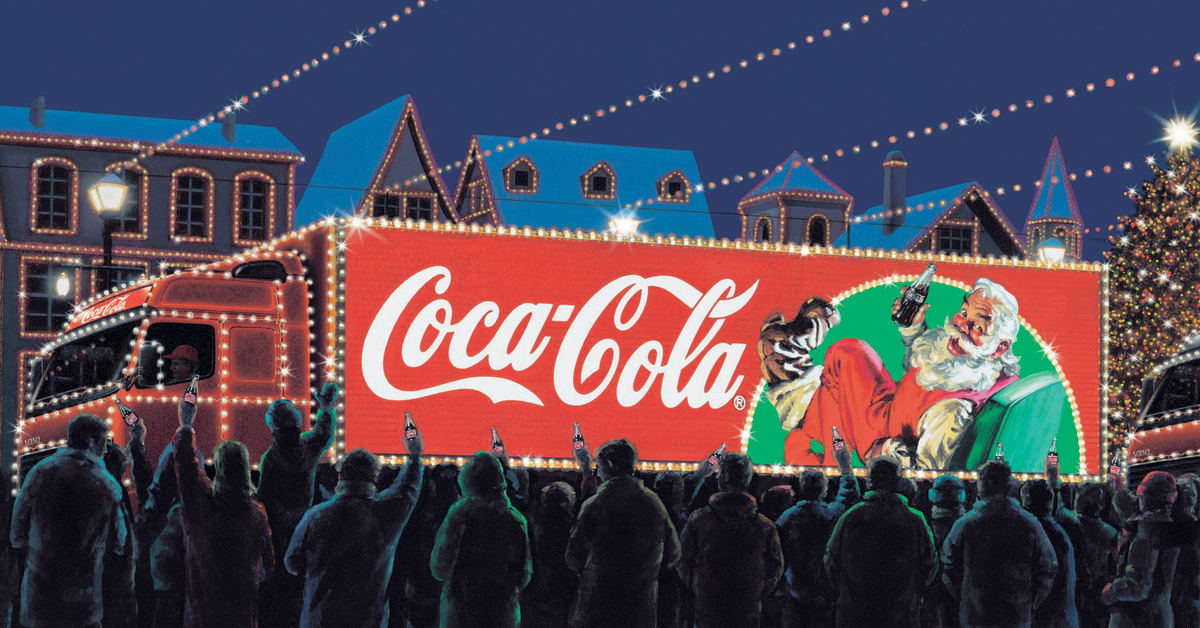Today’s topic – the many keys to successful advertising based on research for my book Brand Aid.
Effective general ad techniques:
• A good ad will always dramatize your brand’s most important benefit.
• Simpler ads are usually more powerful.
• Create copy in smaller chunks – sentences, paragraphs, etc.
• Natural and “real life” writing or dialog
• Subtly tapping into peoples’ fears and anxieties
Here are some print advertising techniques that have proven to be effective:
• Try to evoke the reader’s curiosity. Begin by asking a provocative question and/or feature an image that piques the reader’s curiosity.
• Put quotes around your headlines.
• Romance/dramatize your product or service.
• Try to trigger multiple senses – use words that help people feel, hear, smell and taste your product
• Tell a story.
• Communicate “news.”
• Provide information that is useful to the reader.
• Always write in the present tense.
• Be as specific as possible.
• Include customer testimonials (they should seem natural, not scripted or polished).
• Know how readers read (from right to left top to bottom in the U.S.) and place your headlines, illustrations, captions and copy accordingly.
• Use white space to focus the reader’s attention on something important
• In his book Secret Formulas of the Wizard of Ads, Roy H. Williams indicates that savvy photographers and graphic artists have known for some time that there is a spot on a piece of artwork to which the eye is irresistibly drawn, roughly between the middle and upper right corner of the artwork.
• Use words that sell: at last, now, new, introducing, announcing, finally, limited, save, free, win, easy, guarantee, breakthrough, wanted, etc. (Keep in mind that as consumers become more sophisticated and savvy, there may be instances where these words might be cliché or overused and, thus, may not be as effective.)
• Avoid metaphors, analogies, puns, double entendres, “insider” references, and other non-straightforward language. Alliteration is sometimes effective.
• Avoid jargon, dialect, acronyms and model numbers, especially in the headline.
Here are some successful approaches to television advertisements:
• Company leader as brand spokesperson (examples: Richard Branson of Virgin Atlantic, Dave Thomas of Wendy’s, Lee Iacocca of Chrysler, Ben Cohen and Jerry Greenfield of Ben & Jerry’s)
• Interesting character as brand spokesperson (Mr. Whipple of Charmin, Rosie of Bounty)
• Customer testimonial
• Visualization of the brand benefit and/or the “reason why”
• Product demonstration (demonstrate product usage and show brand benefit)
• Torture test
• Problem-solution
• Before-after. To some large degree, advertising sells the hope of an improved future with the use of a particular brand of product or service. Before-after advertising reinforces this hope.
• Competitive comparison, although it is usually not wise to identify the competitive brand by name
• Special case: comparison to premium brand(s), although this can lead to greater category price sensitivity
• Slice-of-life vignette (tells a story about the benefits of the brand)
• Presenter/“talking head” (in which a person attempts to persuade the viewer about the benefits of the brand)
• In his book, Cutting Edge Advertising, Jim Aitchison indicates that every ad must have an idea. He suggests that ideas may come from any of the following: “product name or logo,” “packaging,” “how the product is made,” “where the product is made,” “the product’s history,” “the product’s old advertising,” “something that is happening around you,” “what happens with the product,” “what happens without the product,” “what happens with and without the product in the same ad” and “where the ad will run.”
When building the brand, the best advertising vehicles to use tend to be radio, television, and with the widespread emergence of broadband, the Internet, due to the auditory elements. These vehicles create a slower build but are more effective in the long run. Trade magazines and shows and direct marketing (mail, e-mail, etc.) are effective for business-to-business marketing because the target audiences typically are geographically dispersed but highly targeted. Newspapers and the radio are often used to promote brand-building events as they can efficiently and effectively deliver a more immediate message. Radio advertising should be scheduled for immediate effect, and radio ads should be scheduled to run just before or during a sale or other event.
The Blake Project Can Help: The Brand Positioning Workshop
Branding Strategy Insider is a service of The Blake Project: A strategic brand consultancy specializing in Brand Research, Brand Strategy, Brand Licensing and Brand Education





One comment
Simon
October 18, 2008 at 2:07 pm
Great list, though I was surprised at one of the points. Is “Subtly tapping into peoples’ fears and anxieties” really more effective than tapping into hopes and aspirations?
Comments are closed.